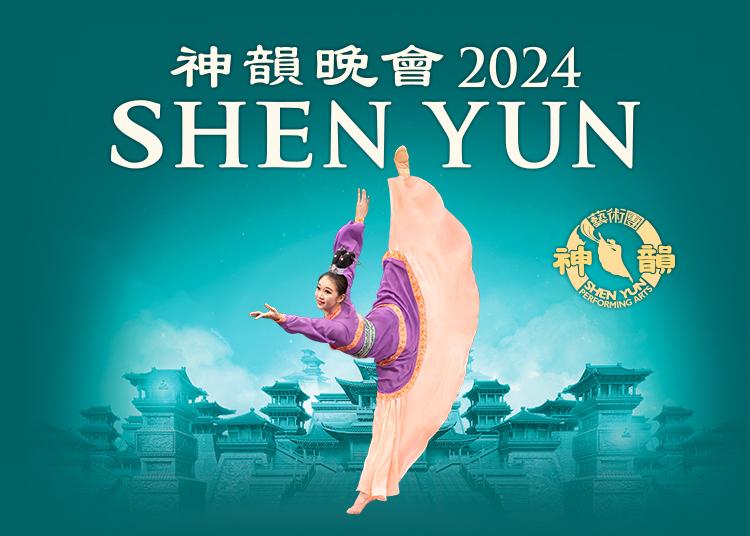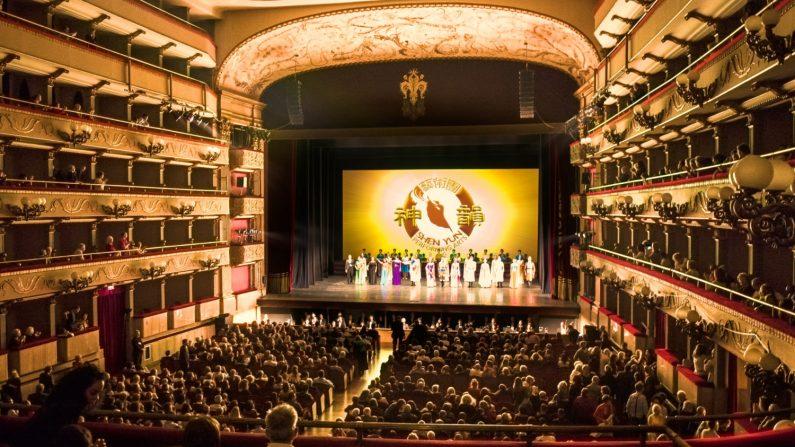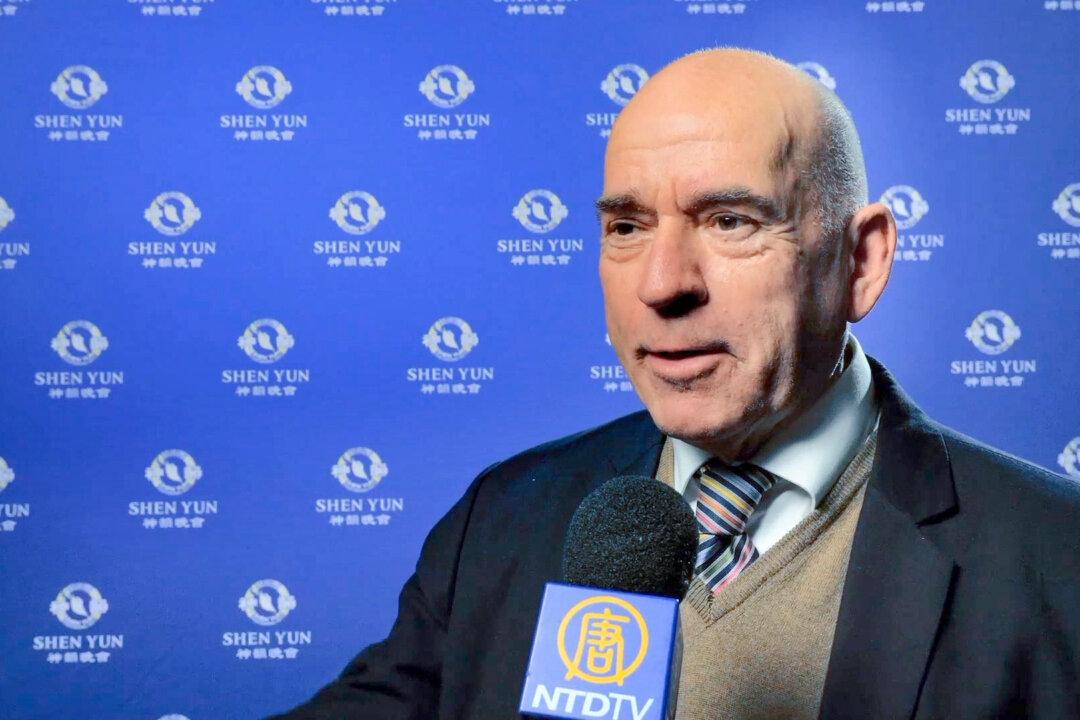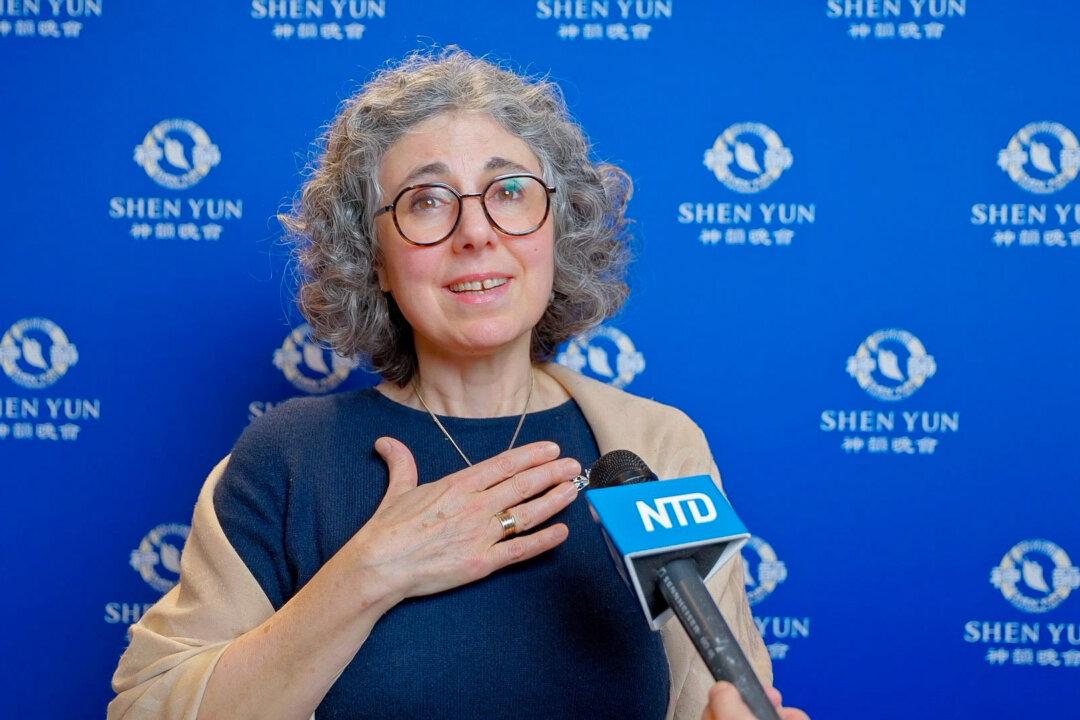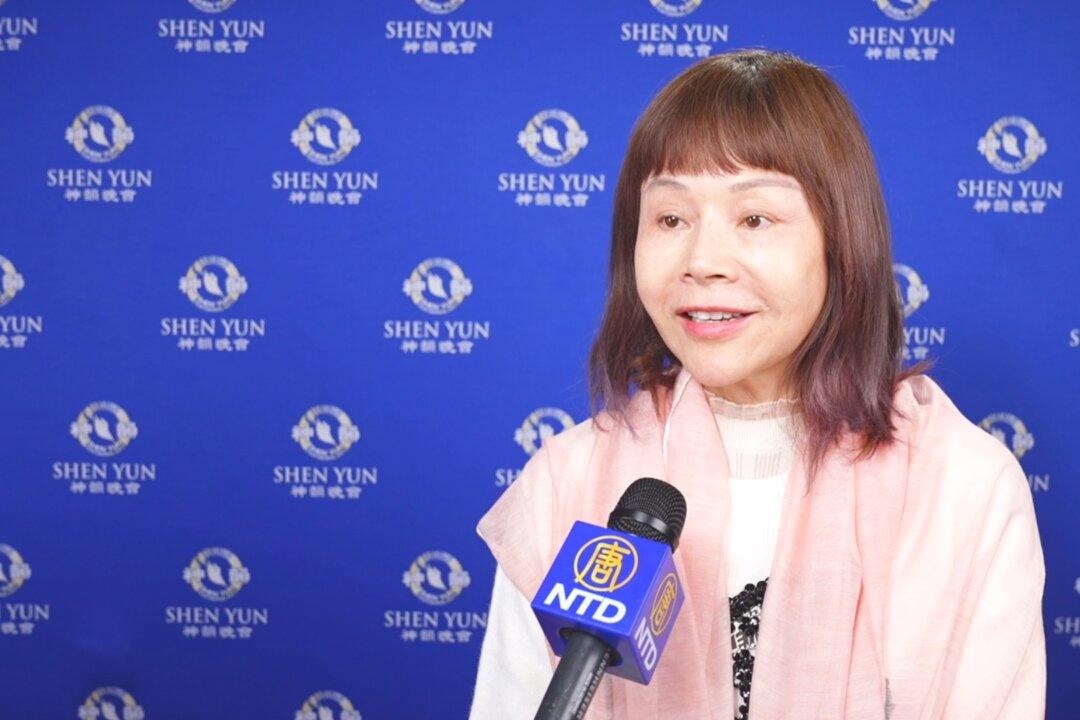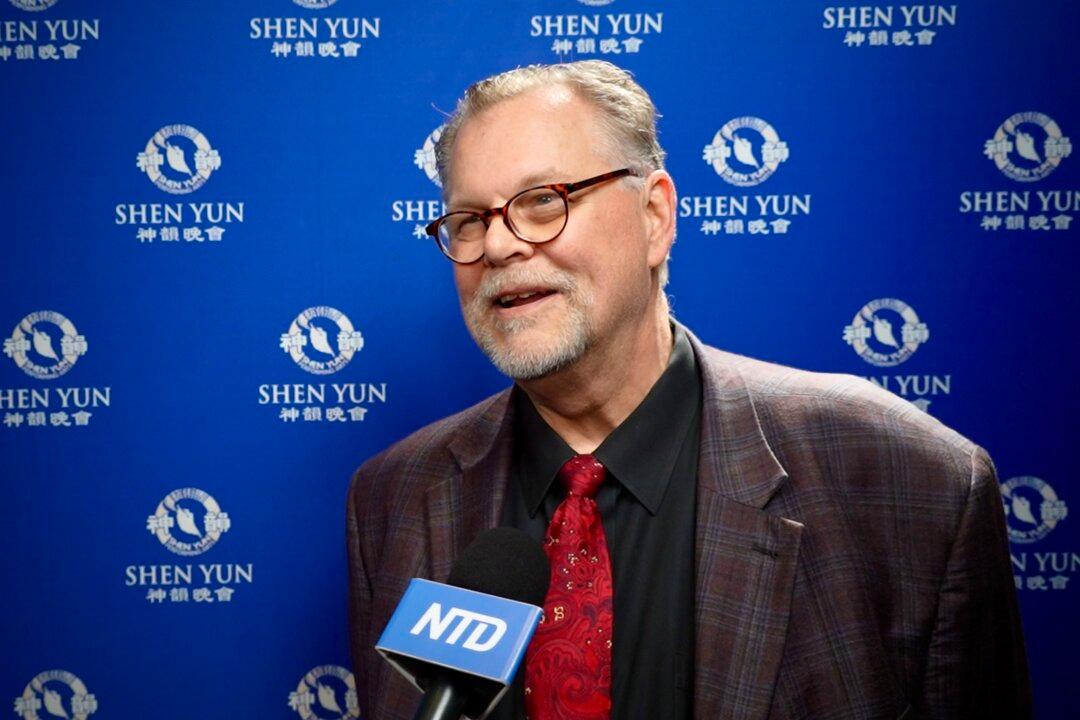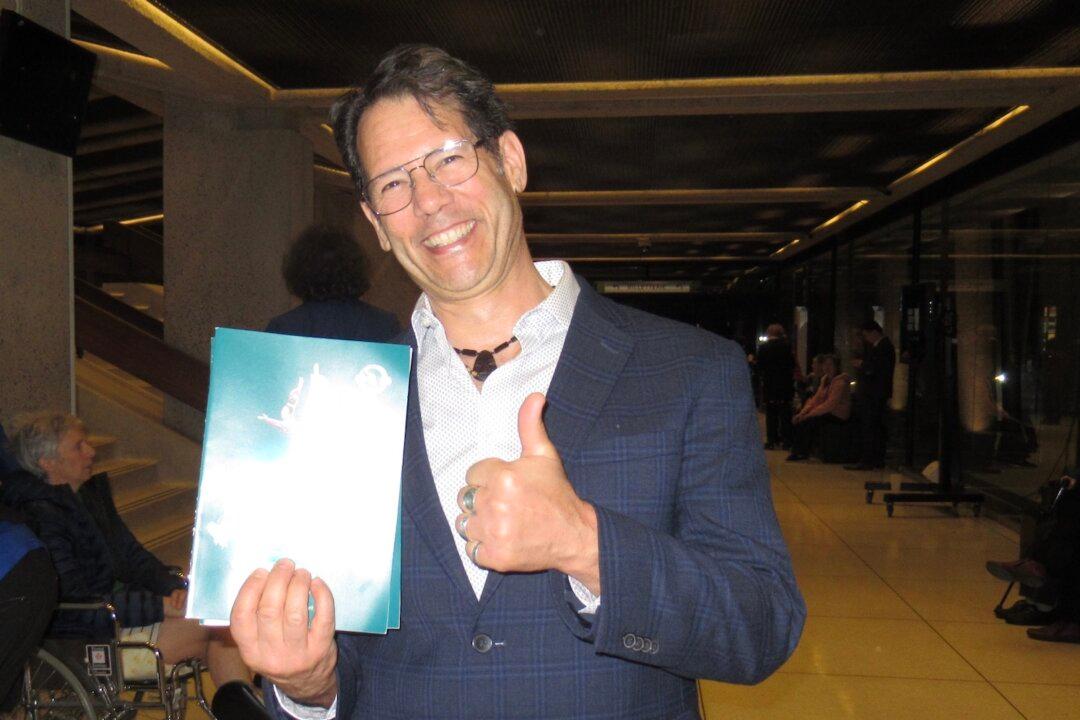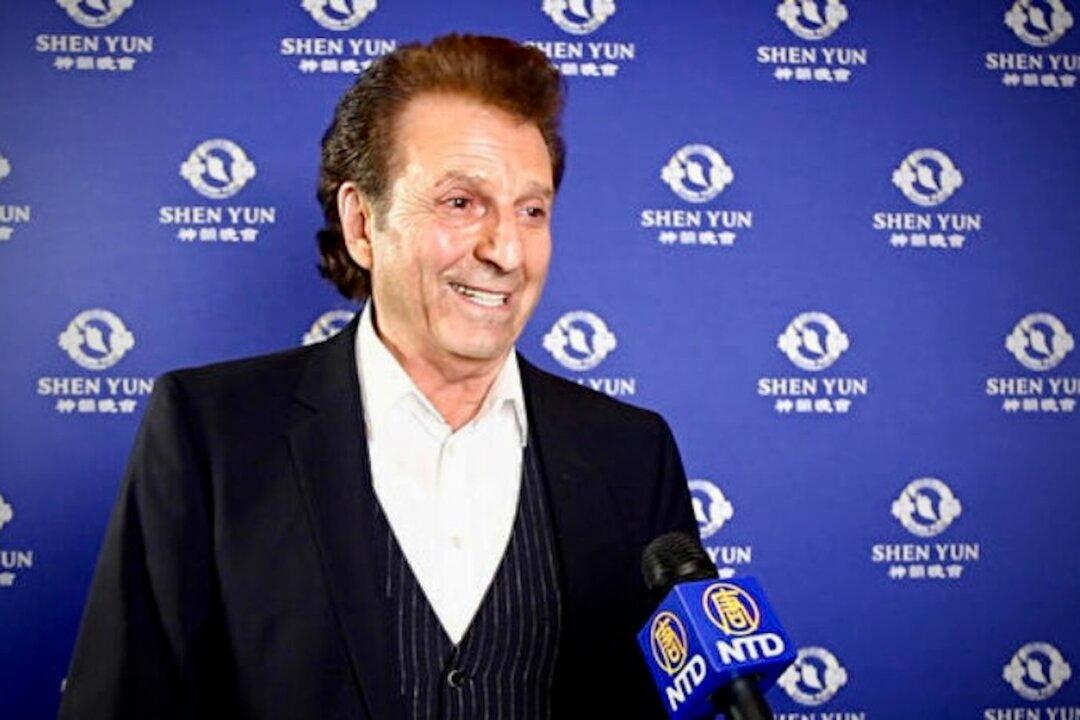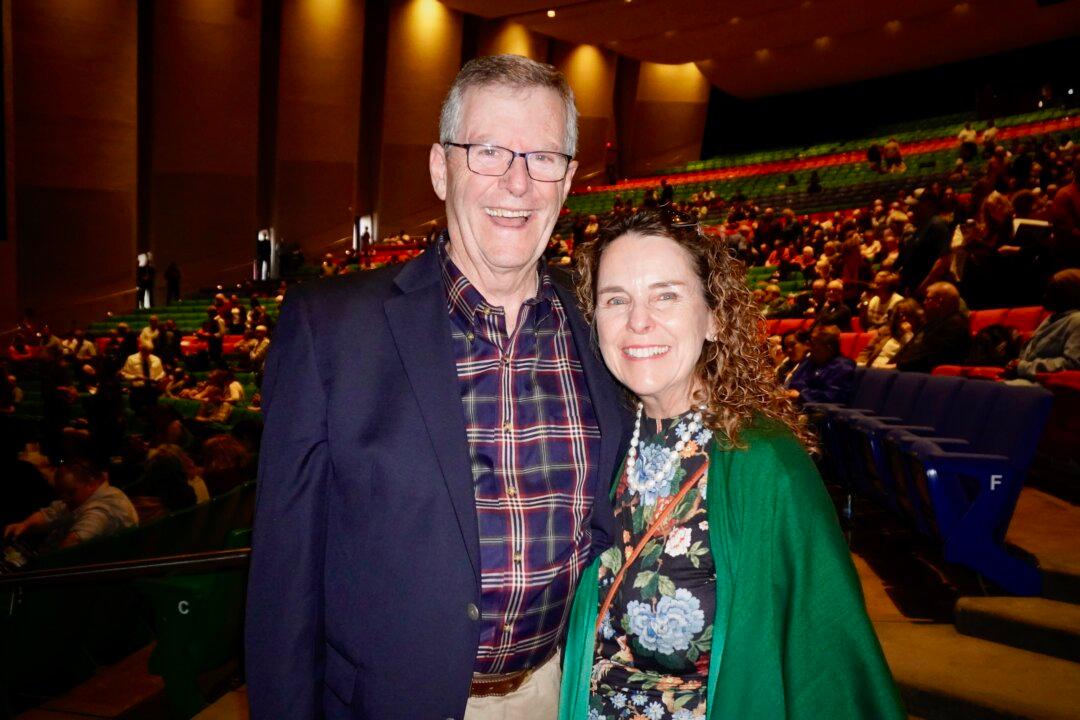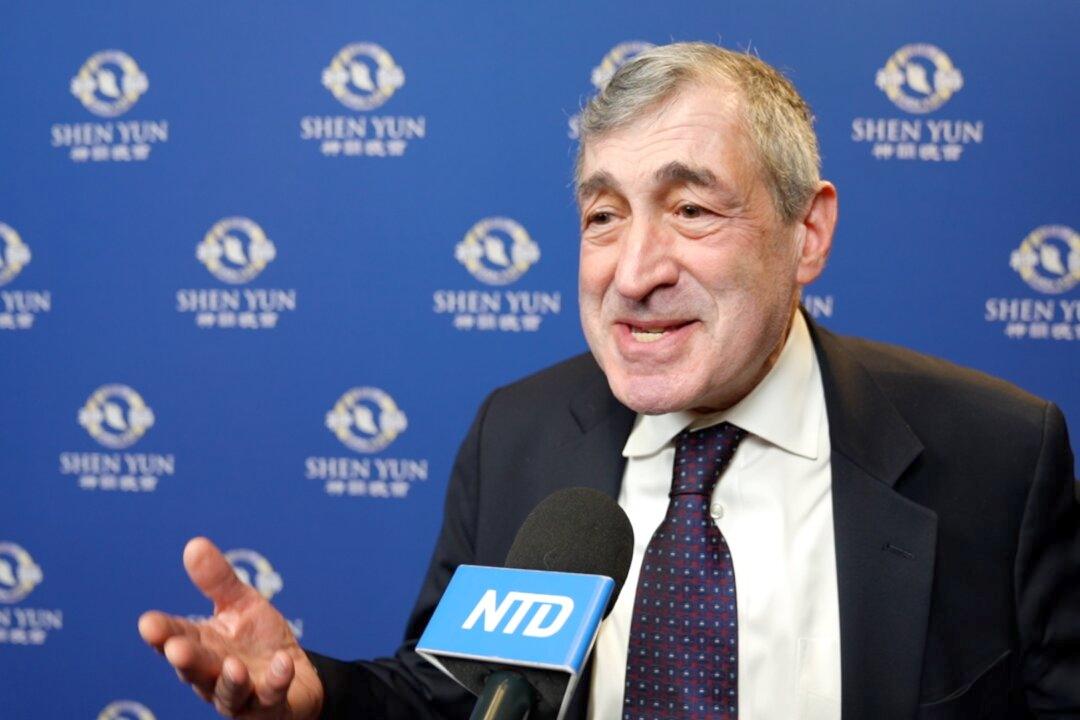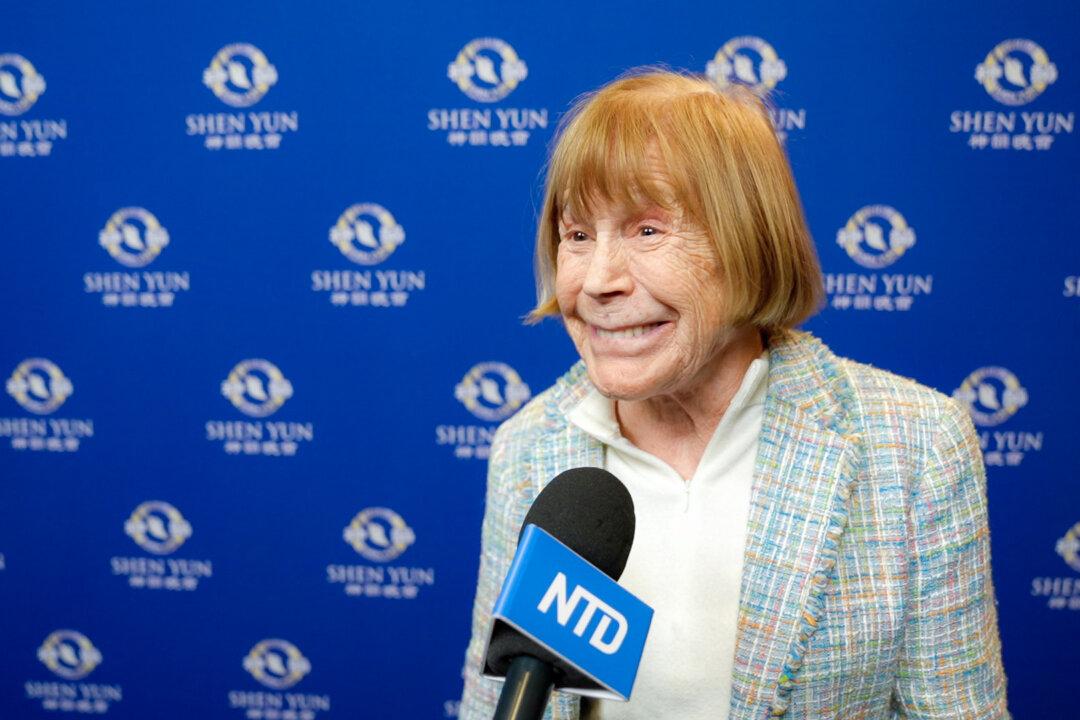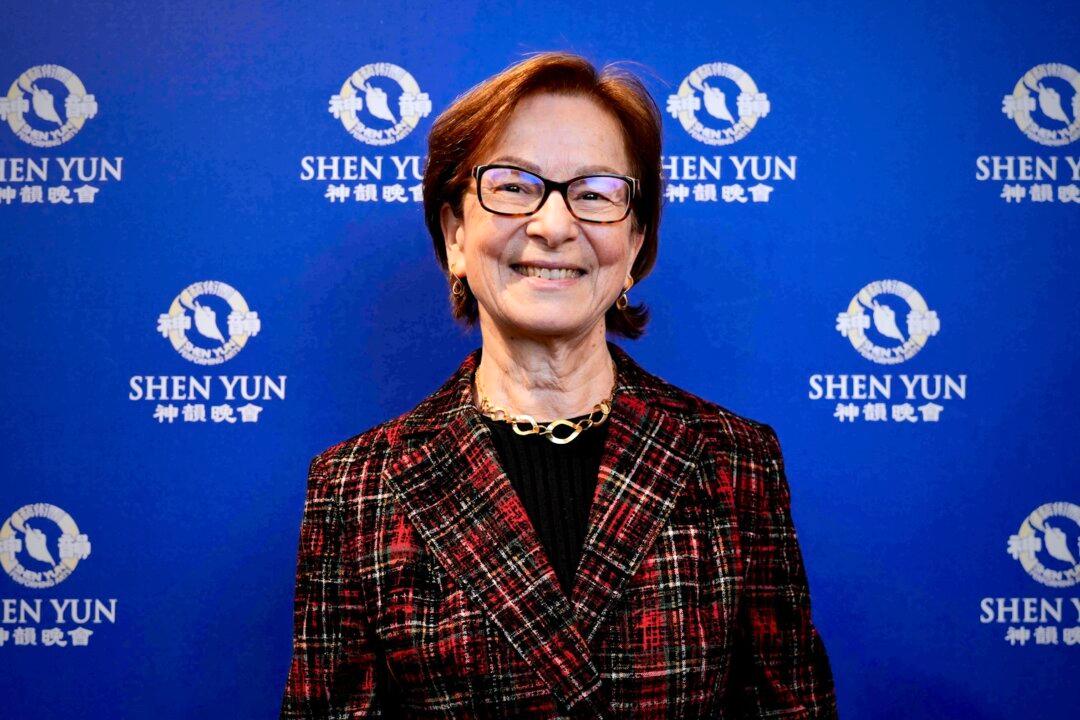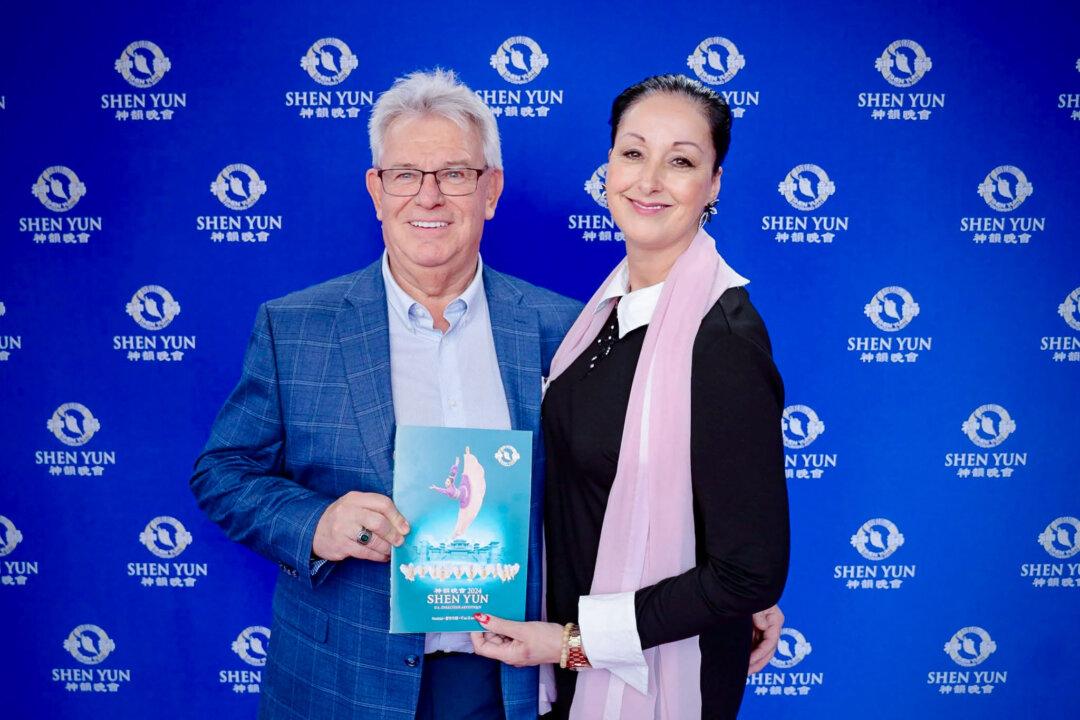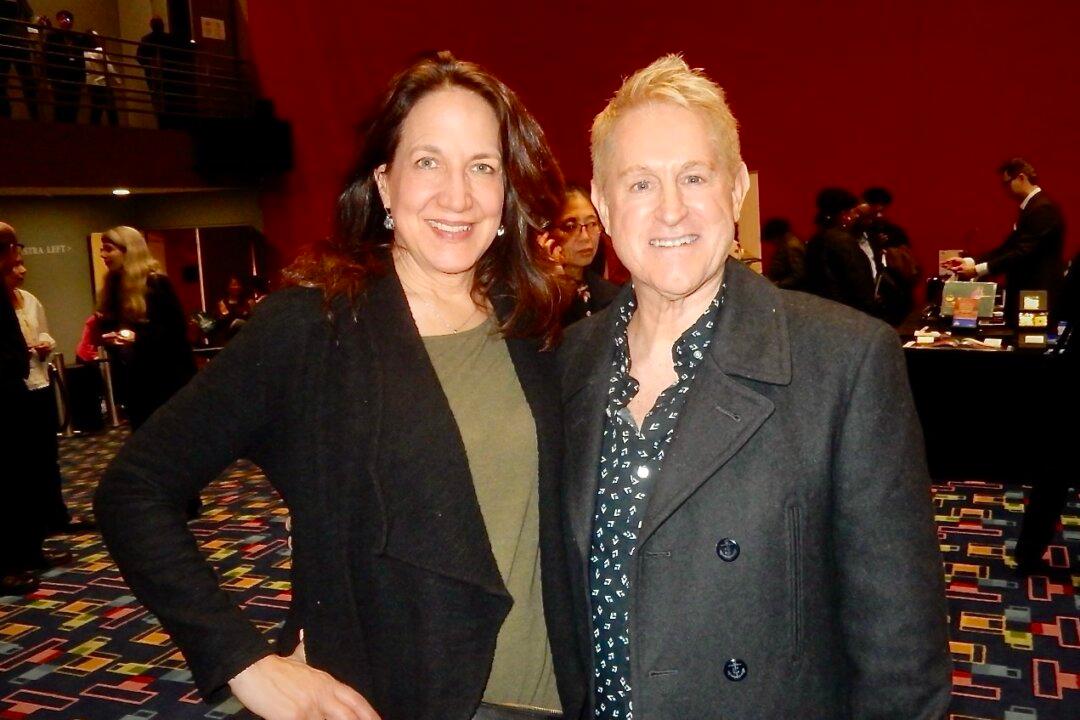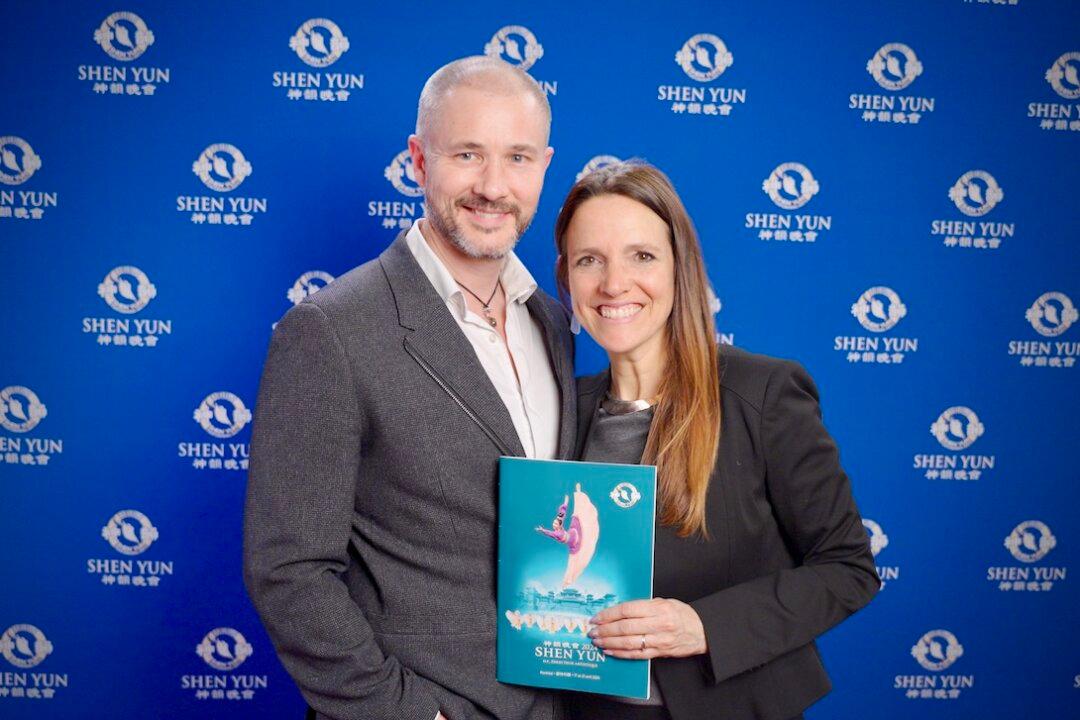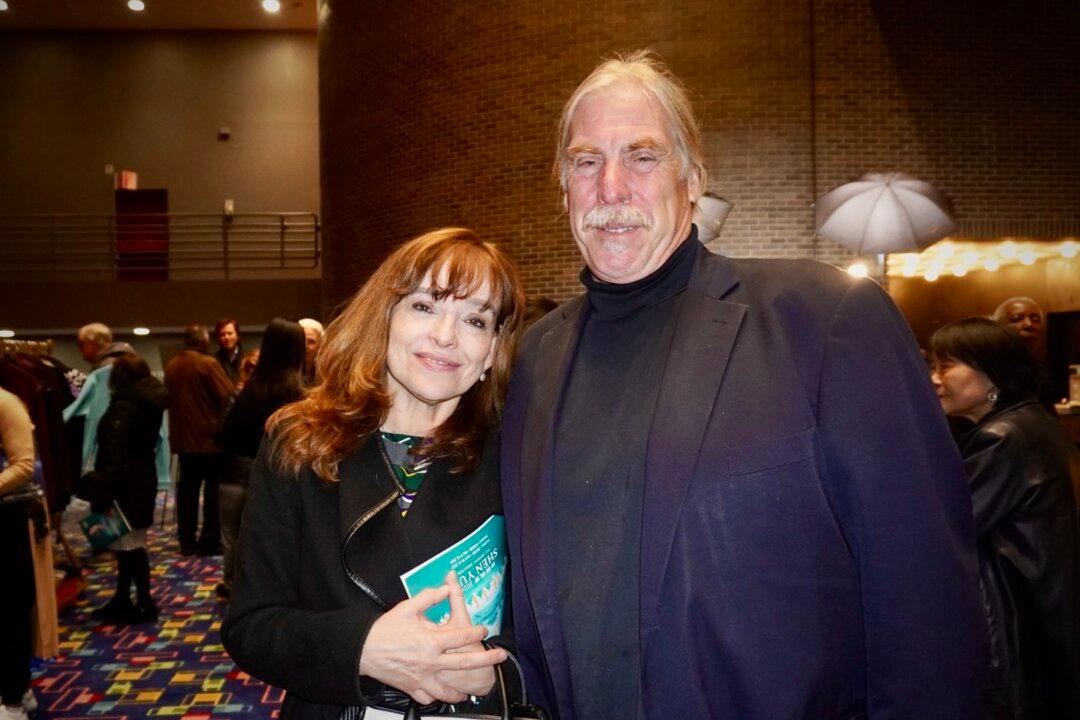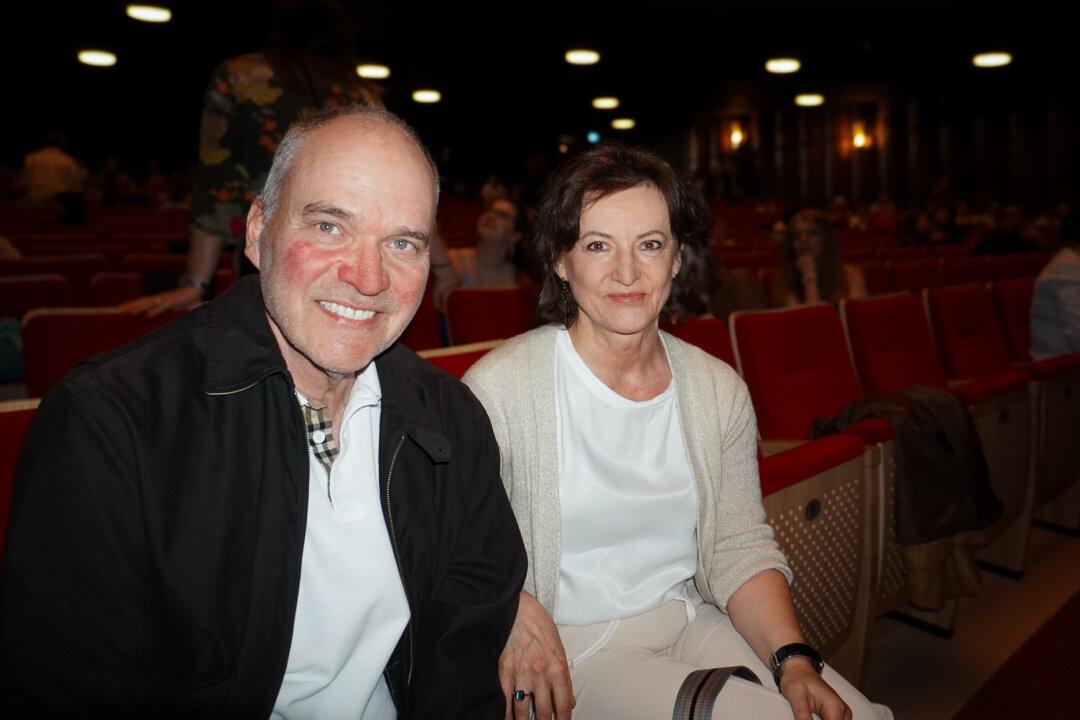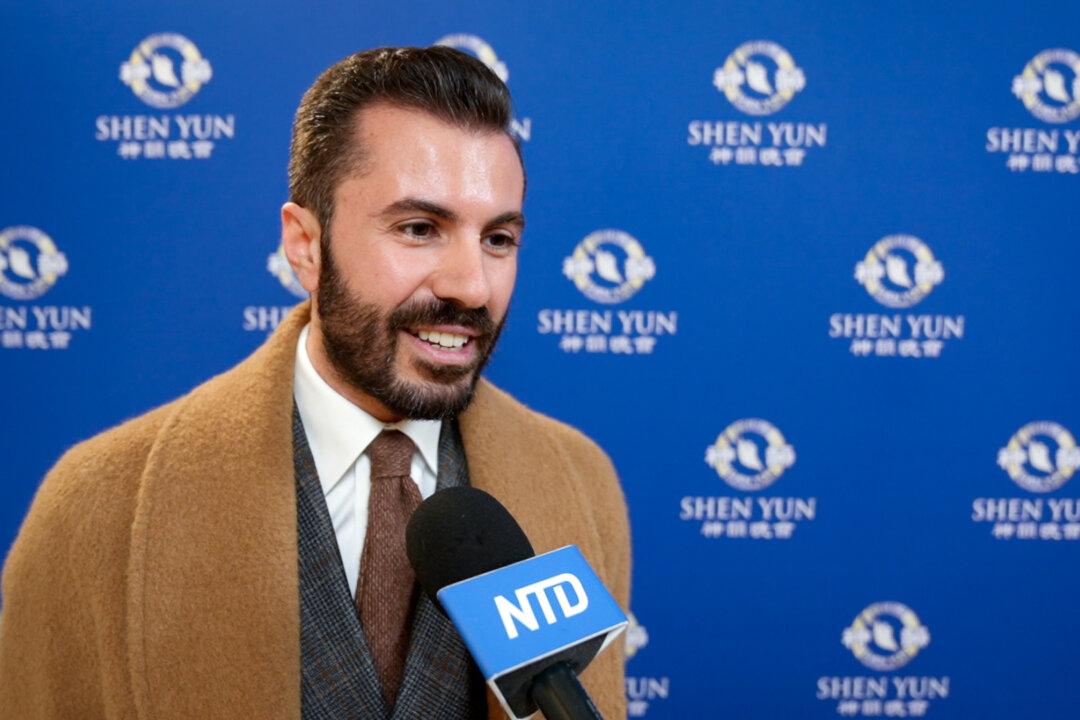The performing arts company dedicated to reviving China’s ancient culture is returning to theaters in American, European, and Asia-Pacific cities for its 10th season.
Shen Yun mesmerizes audiences with performances consisting of classical Chinese dance, folk dance, bel canto-style singing, an orchestra that blends Western and Chinese instruments, a digital backdrop that can transport audiences to other times and places, grand spectacle, and brilliant costumes.
With their enthusiastic response, audiences around the world are the living proof that China’s glorious culture is being reborn.
“The show was just marvelous,” said Charles Taku, lead counsel of the International Criminal Court, after attending the performance with his family this April.
“I think that this culture and these traditions provide a solution to most of the conflicts that we see around the world,” Taku said. “The revival of this culture could actually help free us from the culture of violence and hatred.”
Bringing Cultivation to Life
China has traditionally been called the “land of the divine,” and its culture was believed to be divinely inspired.The name “Shen Yun,” which the company’s website defines as “the beauty of divine beings dancing,” reflects this ancient understanding.
The key to China’s ancient culture was the practice of cultivation—the purification of the individual’s body, mind, and spirit through disciplines such as Buddhism and Daoism. As the individual’s morality improved, he or she became less attached to various desires and ambitions, and more kind, tolerant, and honest.
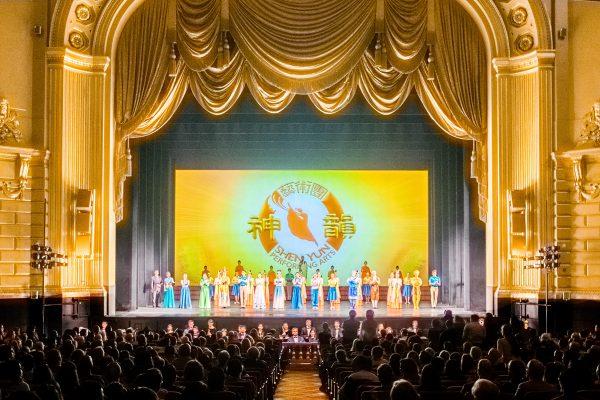
Shen Yun’s artists follow in the footsteps of this tradition and draw inspiration from the Chinese spiritual discipline Falun Gong. In an interview on the company’s website, soprano Haolan Geng said: “To reach a higher realm as an artist, I think morality plays a vital role. It’s about leading a life of integrity. If you go about pretentiously offstage, you won’t be able to express any sincerity onstage. When the sounds and feelings you let out are pure, your song will be able to truly touch your listener.”
The audience feels the difference in Shen Yun’s performers. After seeing the show in New York’s Lincoln Center, Gale Remington, a painter, said, “It’s like taking you into another world of purity and goodness that is active.”
“It is a kind of a depth of experience that can be meditative, but here it is presented as art,” Remington said.
“I see the freedom of souls through Shen Yun and a path to the heavens,” said Chung So-Young, professor of the Department of Dance at Chungnam University in South Korea. “The dancers are all very pure. I have never seen dancers so pure. In time, mainland China will follow Shen Yun.”
“I am completely in awe,” said Tachibana Shino, a dancer from a classical Japanese dance school. She saw Shen Yun’s 2015 performance in the city of Nishinomiya. “The beauty expressed in the dances shows a China that is different from the country today.”
Shen Yun: A Most Expressive Art
One of the most expressive and demanding art forms in existence, classical Chinese dance can convey a broad range of characters, stories, legends, and traditions.Classical Chinese dance incorporates “yun,” a Chinese word that means “inner bearing.” Dancers learn to portray the inner spirit of a character, giving them the ability to represent a wide variety of emotions.
Classical Chinese dance also places emphasis on superior technique and form, including complex flips and tumbling motions.
https://www.youtube.com/watch?v=zjB8jYxhe6M
Shen Yun performances give a kind of tour through the millennia of China’s 5,000-year-long history and across the space of China’s vastly differing landscapes, portraying both the high art forms of the imperial court and folk and ethnic dances passed down in the hinterlands.
Some dances capture the lives of folk heroes whose stories express traditional virtues such as reverence for heaven or the belief that kindness is rewarded and evil is punished.
Also portrayed are representative ancient myths and legends and episodes from well-known Chinese literary classics such as “Journey to the West” and “Outlaws of the Marsh.”
The dances range from the emotional intensity of a mother sending her son off to defend the motherland to the comedy of young monks playing joyfully among themselves.
Shen Yun’s vocalists perform original songs full of philosophical reflections about the meaning of life. By using a traditional bel canto technique that had been lost, Shen Yun’s singers have mastered singing with power in high registers.
Standing Up to Persecution
While Shen Yun’s performances represent China’s ancient culture, they also show China today, in particular the persecution and triumph of those daring to follow the ancient traditions of spiritual cultivation.The practice of Falun Gong was introduced to the Chinese public in 1992 by Mr. Li Hongzhi and was taken up by tens of millions of Chinese in the following years. It is now practiced in over 80 countries around the world.
Falun Gong (also known as Falun Dafa) includes both meditative exercises and spiritual development in accordance with the principles of truthfulness, compassion, and tolerance. Its practitioners report extraordinary improvements in health, better morality, less stress, and enhanced relations with their families and colleagues.
In 1999, then-Communist Party leader Jiang Zemin, citing Falun Gong’s spiritual faith as an affront to the Party’s atheist ideology, launched a systematic campaign to eradicate the practice. Since then, regime authorities have jailed and murdered Falun Gong adherents by the tens of thousands, according to human rights researchers.
Cmdr. Dick Froderman, deputy chief of Military Planning at the Navy Information Operations Command in Maryland, was touched by the dance “The Power of Compassion.” It depicts a Chinese police officer being transformed by the kindness of Falun Gong practitioners whom he was initially trying to arrest and brutalize.
“That was a teachable moment,” Froderman said, because the practitioners didn’t let the abuse from the policeman stop them “from doing the right thing.”
The commander noted Shen Yun’s universal appeal. “There are a lot of nuances. If you pay attention to it, Americans in the way we live our lives can transform ourselves too,” he said.
Shen Yun: ‘A Part of Life’
Despite its international acclaim, Shen Yun cannot be performed in mainland China, where the communist regime has sought to rip out China’s ancient civilization by the roots.Chinese expatriates, however, have lauded Shen Yun for its genuine depiction and renewal of the lost spiritual essence of their culture.
“In a world without freedom,” Chen said, “people now worship money and pursue only immediate interests—this is quite out of tune with our traditional culture. Therefore, seeing [Shen Yun] causes many people to reflect on themselves—that our every word and action should once again adhere to the righteous values of the past.”
“This is not just a stage performance. It is true history,” said Ms. Qi, a Chinese pottery artist in Germany, at the opening night of Shen Yun at the Stage Theater at Potsdamer Platz, Berlin, in March 2014. “This performance is so close to our lives and connects our memory of ancient and contemporary, as well as heaven and earth, reality and the future.”
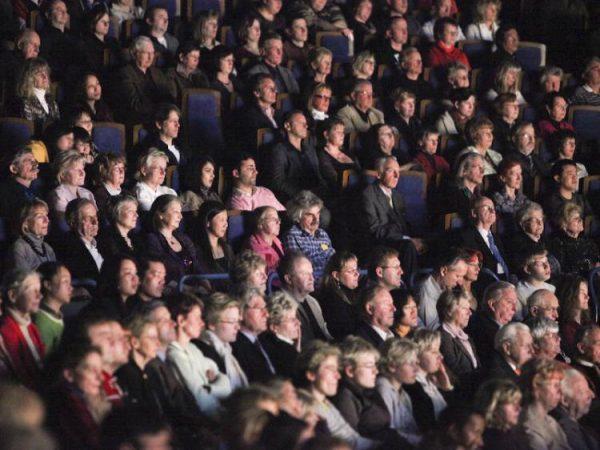
Over a month prior, the cultural counselor at the Chinese Embassy had tried to pressure the theater into canceling the four scheduled Shen Yun performances. The theater did not comply with the Chinese regime’s demands, which local media, recalling the former Soviet domination of Eastern Germany, described as “cold war on Potsdamer Platz.”
Sheng Xue, president of the Federation for a Democratic China, attended Shen Yun this year in Canada. For Sheng and others, seeing Shen Yun has “become a part of life.”
“Traditional Chinese culture was seriously damaged after the establishment of the totalitarian communist regime,” she said. “But Shen Yun is leading the return of traditional Chinese culture. People all over the world also really hope to learn about the true traditional Chinese culture. Therefore, Shen Yun [has become] the only choice.”
